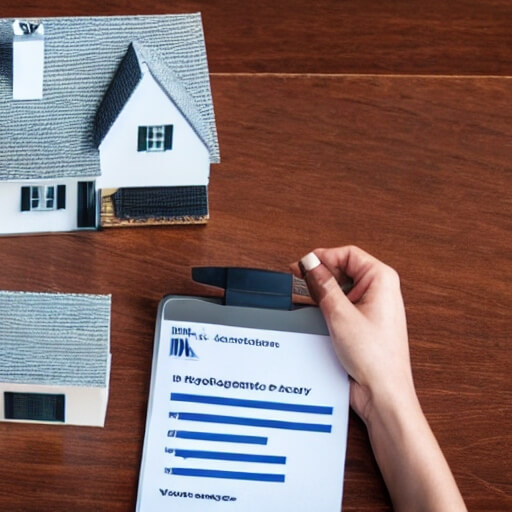Private Mortgage Insurance (PMI) can add a significant cost to your monthly mortgage payments when purchasing a home with a down payment less than 20% of the home’s value. However, there are several strategic approaches that potential homebuyers can consider to avoid or minimize the need for PMI:
Table of Contents
Toggle1. Save for a Larger Down Payment:
Description:
One of the most straightforward ways to bypass PMI is by aiming for a larger down payment. Saving more money upfront to reach the 20% threshold reduces the need for PMI.
Benefits:
A larger down payment not only eliminates PMI but also decreases the loan amount, potentially lowering monthly mortgage payments and reducing overall interest costs.
Considerations:
It may take time to save a more substantial down payment, delaying the home buying process.
2. Explore Loan Programs with No PMI Requirements:
Description:
Some loan programs cater to borrowers without requiring PMI, even with a down payment less than 20%. For instance, certain lenders offer loans with no PMI but may have other criteria or terms.
Benefits:
Accessing loans without PMI can save borrowers significant amounts over time and streamline the home buying process.
Considerations:
These loan programs might have specific eligibility criteria, such as higher credit scores or income requirements.
3. Consider Piggyback Loans or 80-10-10 Loans:
Description:
With a piggyback loan or an 80-10-10 loan, borrowers take out two mortgages simultaneously. The first mortgage covers 80% of the home’s value, the second covers 10%, and the remaining 10% is paid as a down payment.
Benefits:
This structure avoids PMI by reaching the 20% threshold through the combination of the primary and secondary loans.
Considerations:
Interest rates on secondary loans might be higher, and borrowers need to carefully assess the overall cost and feasibility of managing two loans.
4. Rapidly Increase Equity in the Home:
Description:
Even after purchasing a home with PMI, borrowers can work to increase their home’s equity to reach the 20% mark sooner.
Benefits:
Making extra payments towards the principal balance or home improvements that increase the property’s value can accelerate the accumulation of equity.
Considerations:
This approach requires additional financial resources to make extra payments or invest in home upgrades.
5. Refinance to Remove PMI:
Description:
Once the home’s equity reaches 20%, borrowers can refinance their mortgage to eliminate PMI.
Benefits:
Refinancing allows borrowers to secure a new loan without PMI, potentially at a lower interest rate, reducing monthly payments.
Considerations:
Refinancing involves closing costs and other fees, which should be weighed against the potential savings from eliminating PMI.
Conclusion:
Avoiding PMI requires thoughtful financial planning and consideration of various strategies tailored to individual circumstances. While a 20% down payment is the conventional route to bypass PMI, exploring alternative loan options or methods to increase home equity can be viable alternatives. Carefully assessing the costs, eligibility criteria, and long-term implications of these strategies will empower potential homebuyers to make informed decisions to avoid or minimize the need for PMI when purchasing their dream home.

